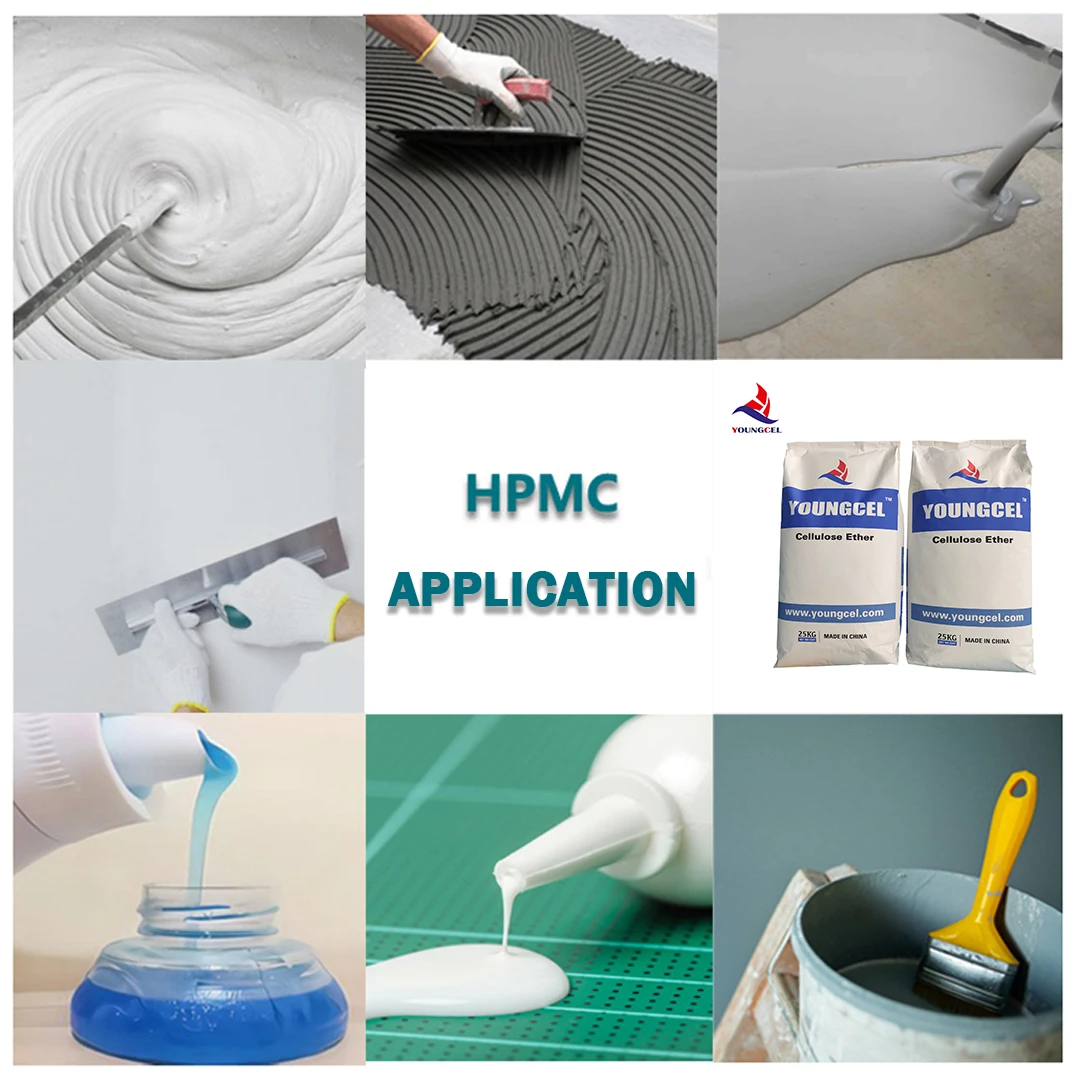Building Adhesives The Unsung Heroes of Construction
In the realm of construction and manufacturing, adhesives play a pivotal role, often overshadowed by traditional fastening methods like nails and screws. However, the evolution of building adhesives, especially in recent years, has transformed the way structures are conceived, designed, and built. This article delves into the significance of building adhesives, exploring their types, applications, and benefits.
Types of Building Adhesives
Building adhesives come in a variety of formulations, each tailored to specific applications and materials. The most commonly used types include
1. Construction Adhesives These are versatile adhesives used for bonding a wide range of materials, including wood, metal, glass, and masonry. They are typically available in tube or cartridge form, allowing for easy application. Construction adhesives are favored for their strong initial tack and ability to fill gaps between surfaces.
2. Polyurethane Adhesives Known for their exceptional durability, polyurethane adhesives offer excellent resistance to moisture, temperature fluctuations, and chemicals. They are ideal for outdoor applications, such as bonding decking and siding materials, as well as for indoor uses where moisture might be a concern.
3. Epoxy Adhesives Composed of a resin and a hardener, epoxy adhesives provide outstanding strength and thermal stability. They are often employed in structural applications, such as bonding metals and reinforcing concrete, and are valued for their ability to withstand extreme conditions.
4. Acrylic Adhesives These adhesives are noted for their fast curing times and strong bond strength. They can be used on a wide array of substrates and are excellent for projects that require quick handling times.
5. Silicone Adhesives Primarily used for sealing applications, silicone adhesives are flexible and resistant to weathering, making them ideal for windows, doors, and other external applications. Their ability to remain pliable allows for movement between bonded surfaces without compromising the bond.
Applications of Building Adhesives
The versatility of building adhesives has led to their widespread use across various sectors, including residential, commercial, and industrial construction
. Some notable applications include- Flooring Installation Adhesives are integral to the installation of various flooring types, such as laminate, hardwood, and tile. They help ensure a secure bond between the flooring material and the subfloor, preventing warping and movement.
building adhesive

- Cladding and Siding With the growing trend towards energy-efficient building practices, adhesives are increasingly used to attach cladding and siding materials. This not only streamlines the construction process but also enhances aesthetic appeal.
- Window and Door Frames Adhesives are often employed to secure window and door frames, providing a weather-tight seal and improving energy efficiency.
- Prefabricated Structures In modern construction, prefabricated components are common. Building adhesives are essential for assembling these components quickly and effectively on-site, minimizing labor costs and construction time.
Benefits of Using Building Adhesives
The advantages of using adhesives in construction are manifold
- Strength and Durability Building adhesives often provide a stronger bond than mechanical fasteners, enhancing the overall integrity of structures.
- Design Flexibility Adhesives enable the creation of more complex designs without the constraints that traditional fasteners impose. This opens up new avenues for creativity in architecture.
- Reduced Material Waste Adhesives can be applied more precisely than traditional methods, reducing excess material usage and waste during construction.
- Sealing Properties Many adhesives offer additional sealing benefits, protecting against moisture and air infiltration, which is crucial for energy efficiency.
Conclusion
Building adhesives are undoubtedly the unsung heroes of the construction industry. Their ability to bond a diverse range of materials, coupled with their practical benefits, makes them indispensable in modern building practices. As technology continues to advance, the future of adhesives promises even greater innovations, with enhanced formulations tailored to meet the evolving demands of construction. Embracing these materials not only streamlines construction processes but also contributes to more sustainable building practices, making them an essential component of any building project.
-
The Application and Significance of Construction RdpNewsMay.19,2025
-
Industrial Grade HpmcNewsMay.19,2025
-
Building Coating Adhesive Building Coating Adhesive HpmcNewsMay.19,2025
-
Application Of Hpmc For Detergent For Detergent In DetergentsNewsMay.19,2025
-
Application Of Hpmc Cellulose In Cement-Based MaterialsNewsMay.19,2025
-
Application Of High Quality Hpmc For Construction In The Field Of ConstructionNewsMay.19,2025




